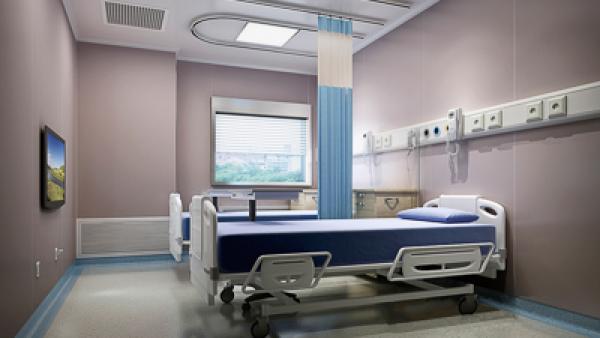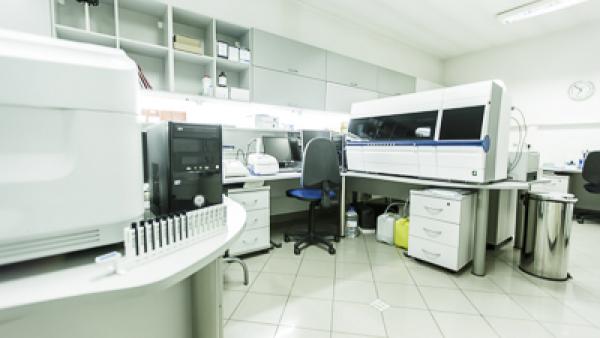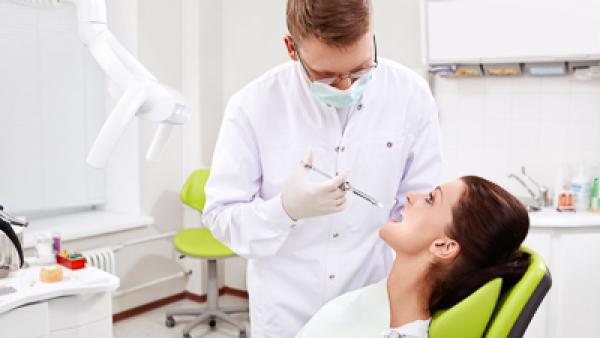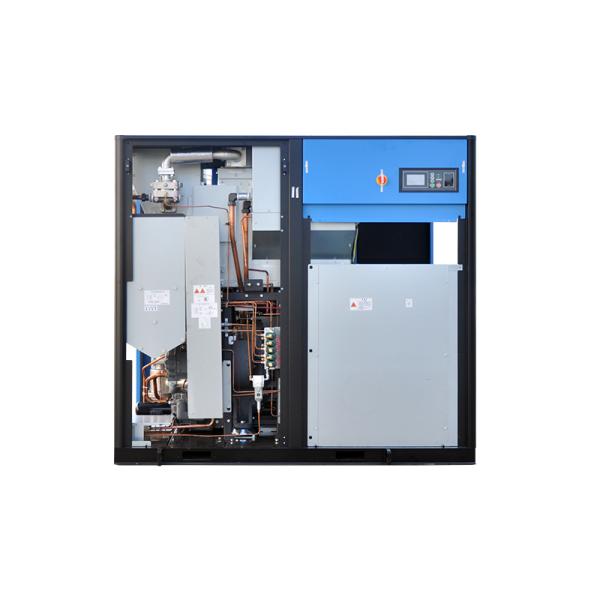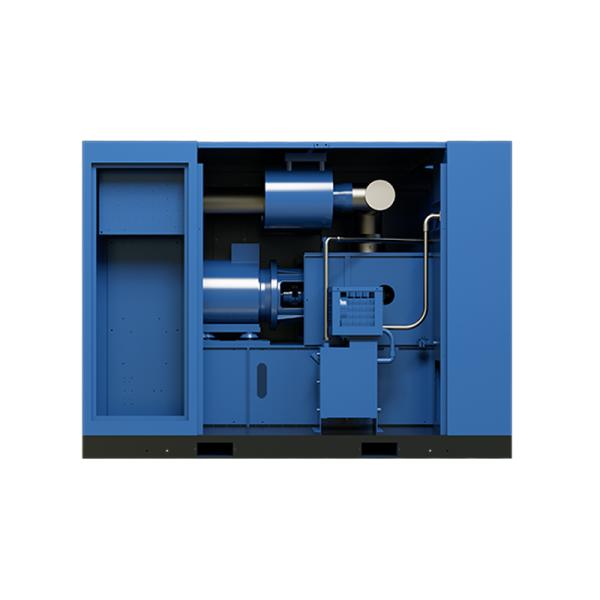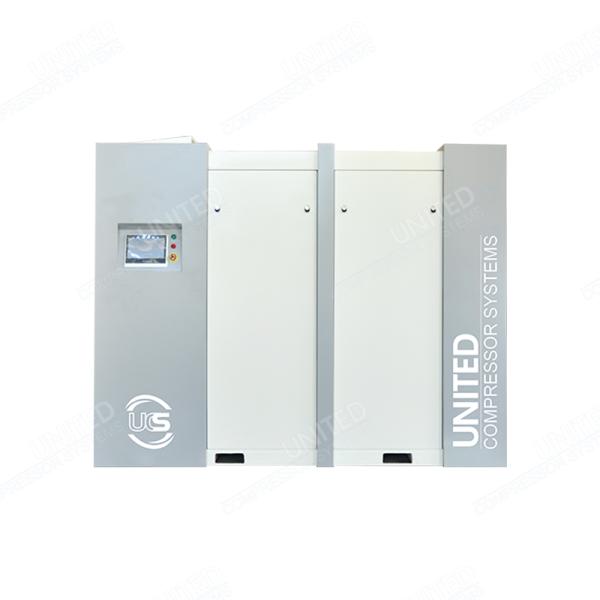Medical
Pneumatic Medical Apparatus; Air Separation; Inhales Air; Dentist; Sterilizing Equipment; Air Bed; Lift Chair; Disinfect
Application
Pneumatic Medical Apparatus
In the sensitive areas where electric devices can interfere with sensitive medical devices, compressed air acts as a power source.
Air Separation
Clean Medical Gas produce by filtering the Compressed air through a diaphragm.
Inhales Air
To provide high-quality breathable air through air filtration.
Dentist
Through the Compressed air simple, precise control of compact and very lightweight dental equipment.
Laboratory application
The Compressed air is safe and clean, so it used in many laboratory conditions.
Sterilizing Equipment
Use filtered clean air to dry the Sterilizing equipment.
Air Bed
Air beds used on patients who are bedridden long time and may cause bedsores. The use of air can significantly improve the patient's condition. Using a breathable mattress, can keep skin dry and heal as quickly as possible. At the same time, some air sacs inflate while others deflate, changing the pressure on the skin and thus helping to prevent bedsores. By selectively elevating and lowering different areas, airbeds can also help locate patients based on treatment and personal care needs.
Central vacuum system
A central vacuum system is used in hospitals and mobile surgery centres to drain fluids produced during surgery. A separator is installed in the operating room to separate small particles from large particles. If the operating room is small, the vacuum centre can install in a remote location.
Lift Chair
Compressed air can lift the air cushion in the chair, making it easier for elderly patients to stand. Chair lifts can also help caregivers provide optimal care.
Disinfect
In a steam sterilizer, the saturated high-temperature steam condenses when coming into contact with a cooler object to sterilize, and it absorbs the released heat, which denatures the bacteria and destroys the molecular structure of their proteins. Although dry heat can also use for disinfection, wet steam is more suitable as it requires lower temperatures and shorter disinfection times.
Biochemical and physical parameters determine the disinfection process, and the disinfection effect can determine by experiment, that is, by comparing the number of bacteria before and after disinfection.


 Deutsch
Deutsch Français
Français Español
Español Pусский
Pусский عربي
عربي Türk
Türk Indonesia
Indonesia Tiếng Việt
Tiếng Việt ไทย
ไทย